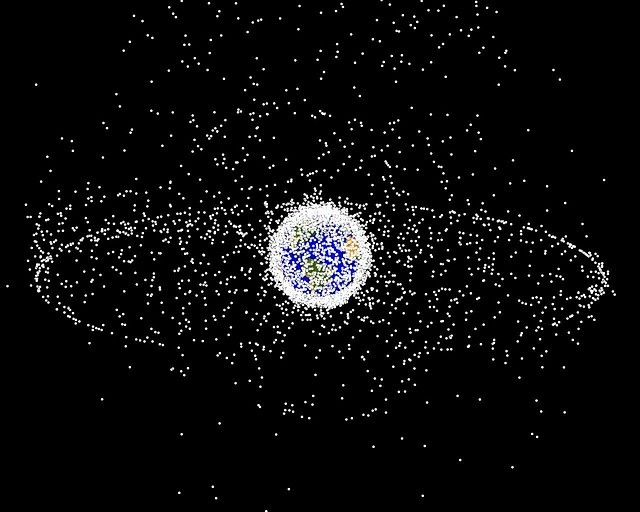The chorus of voices calling for action to lessen the threat of space debris now includes NASA and the US Congress.
These discussions are likely being sparked by concerns about space debris affecting access to and utilization of Earth orbit, as well as by large satellite constellations being assembled by companies like SpaceX and a Russian anti-satellite (ASAT) test in November 2021 that repeatedly threatened International Space Station operations.
As the Russian ASAT test did, the potential of accidents, which may produce significant amounts of debris clouds, rises as more and more satellites are sent into orbit.
Reports, citing the experts, emphasized that even a handful of these collisions might significantly impact a number of satellite-delivered services, including telecommunications, navigation, and weather forecasting.
Congress Wants to Address Space Junk
On September 13, a bipartisan measure was submitted to Congress to address the space debris problem. US Senator Maria Cantwell, chair of the Senate Committee on Commerce, Science, and Transportation, oversees the Orbital Sustainability (ORBITS) Act.
"This bill will jumpstart the technology development needed to remove the most dangerous junk before it knocks out a satellite, crashes into a NASA mission, or falls to the ground and hurts someone," Cantwell said in a statement about the legislation.
Creating a market for debris removal services and researching and demonstrating debris removal technology would be the law's main goals if it were to succeed.

Proposed Engineering Projects Aimed at Cleaning Up Space Junk in Earth's Orbit
NASA-Funded Programs
NASA made public three initiatives it has funded to deal with orbital debris on September 13, Space.com mentioned. The efforts, which are also in their early phases, seek to quantify the societal and economic problems caused by space debris.
The three initiatives are as follows:
Adaptive Space Governance and Decision-Support using Source-Sink Evolutionary Environmental Models - by Danielle Wood and Richard Linares of the Massachusetts Institute of Technology and Moriba Jah of the University of Texas-Austin;
Communication and Space Debris: Connecting with Public Knowledges and Identities - by Brian Weeden of the Secure World Foundation, Daniel Kaffine of the University of Colorado-Boulder, and Akhil Rao of Middlebury College;
Integrated Assessment Model for Satellite Constellations and Orbital Debris - by Akhil Rao of Middlebury College, Brian Weeden of the Secure World Foundation, and Daniel Kaffine of the University of Colorado-Boulder.
ALSO READ: More Than 15,000 Space Junk on Mars Surface Accumulated for Over 50 Years, Scientists Claim
Space Junk Problems
A recent study published in Nature Astronomy predicted the probability of mortality from falling rocket debris during the next ten years.
The authors used mathematical modeling of rocket component inclinations and orbits in space, population density below them, and 30 years' worth of satellite data to determine the locations of rocket debris and other space trash when they fall to Earth.
The scientists discovered that space debris coming down to Earth during the next ten years would cause little but significant harm. However, southern latitudes are more prone to experience this than northern ones.
The study found that the chances of a rocket body crashing are around three times higher in the latitudes of Dhaka, Bangladesh, Jakarta, Indonesia, or Lagos, Nigeria than in New York, Moscow, and Beijing, Russia.
The authors also evaluated the danger to human life from uncontrolled rocket reentries during the ensuing ten years as a "casualty expectation."
10% of the time, rocket debris will lethally strike a person on Earth, according to the study. However, they added that it was still only a cautious assessment.
RELATED ARTICLE: Meteor or Space Junk? Astronomer Identifies Object Spotted in the Cosmic Phenomenon Across Scotland and Northern Ireland Skies
Check out more news and information on Space in Science Times.














